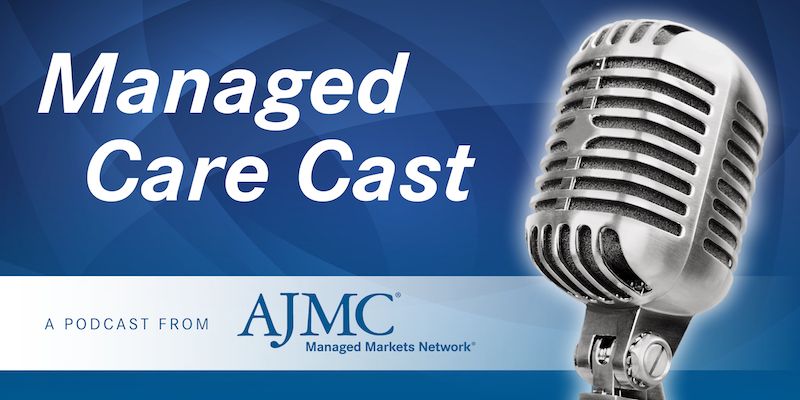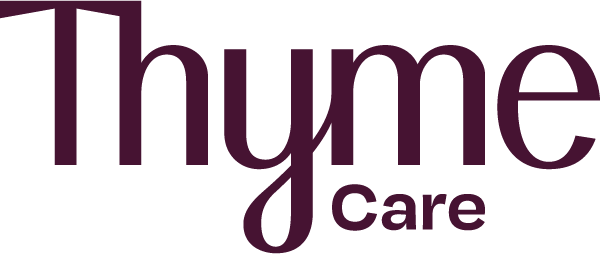Article
New MIPS Improvement Activity Supports Remote Patient Monitoring
Author(s):
Despite growth in the market, CMS has been slow to recognize the value that telehealth can bring to clinical encounters by encouraging utilization of telehealth technology through reimbursement models. However, now CMS has taken steps to encourage practices to leverage telehealth and remote monitoring activities through changes to the Quality Payment Program.
The article was co-written by Caroline Meade, MPH candidate.
Telehealth is a growing market with a compound annual growth rate of 39.9%, more than double that of health information technology. Despite growth in the market, CMS has been slow to recognize the value that telehealth can bring to clinical encounters by encouraging utilization of telehealth technology through reimbursement models. While telemedicine and teleconsulting do introduce legitimate concerns related to Medicare and Medicaid fraud, because such encounters are difficult to validate, other aspects of telehealth like tele-education and remote patient monitoring represent activities that are cost effective, easier to quantify, and should be encouraged without reservations.
When the Medicare Access and CHIP Reauthorization Act (MACRA) was released in 2015, the telehealth community was disappointed by the lack of support for telehealth in the bill’s language (read more here). While it took 2 years, CMS appears to have taken a step in encouraging practices to leverage telehealth and remote monitoring activities. The 2018 Quality Payment Program (QPP) Final Rule, released November 2017, made changes to a number of QPP guidelines including those within the Improvement Activities (IAs) category of the Merit-based Incentive Payment System (MIPS). Most notable in the telehealth world is the new IA “Engage Patients and Families to Guide Improvement in the System of Care.”
The IA encompasses remote patient monitoring, including the review and interpretation of real-time patient-generated health data within a platform that provides feedback to the clinician and patient in a closed loop. This IA can qualify practices for a 10% bonus on their Advancing Care Information (ACI) score. Because it is weighted “High” and is eligible for the ACI bonus, small practices that execute this IA can meet their MIPS threshold and larger practices can get nearly half of the MIPS points they need. The new IA is an incentive for providers considering bringing patient-generated health data into their practices and is one of CMS’s first recognitions that connected health technology is important in providing quality, comprehensive care.
According to representatives from ACT—The App Association's Connected Health Initiative, who were heavily involved in writing the proposal for this new IA, the IA was developed with input from the American Medical Association (AMA). The AMA feels that a key aspect of the new IA is its requirement that practices undertake a quality assessment to ensure they are comfortable with the connected health devices they choose to integrate into care workflows. This helps assuage physician concerns about invalid data, too many alarms going off in the electronic medical record, and liability.
The IA is also technology agnostic, allowing practices to choose which platform or what type of devices it would like to integrate into its care workflows based on what physicians are comfortable with. The following are hypothetical examples of the kinds of options that could be available to practices and align with this IA:
- Integrate Fitbit data to help track and encourage patient physical activity
- Use real-time data from blood glucose monitors to notify clinicians of patient blood sugar emergencies
- Use a comprehensive population management platform that collects, monitors and curates patient-generated data, and facilitates the feedback loop
While the new IA is a symbolic step in the right direction, its impact on the uptake of telemedicine capabilities is likely limited due to the 90-plus other IAs practices can choose from and a general lack of knowledge of its existence. In addition, expressed uncertainty around the benefits of the MIPS program from groups like Medicare Payment Advisory Committee (MedPAC) leads to questions of what MIPS will look like a year from now. In its March 2018 report to Congress, MedPAC advised eliminating the MIPS program completely and replacing it with an alternative program.
With that said, CMS took another important step in the 2018 Physician Fee Schedule Final Rule to unbundle the 99091 current procedural terminology code generally for review of patient-generated health data. We will discuss limitations of this code in detail in a future post, but it's important evidence of CMS's thinking on remote patient monitoring and receptivity to the idea of reimbursing for this type of activity.
For now, investments in telehealth must be made by those who believe in its ability to help providers manage population health and improve outcomes, and with faith that CMS will continue taking steps to support practices in using connected health technology.





